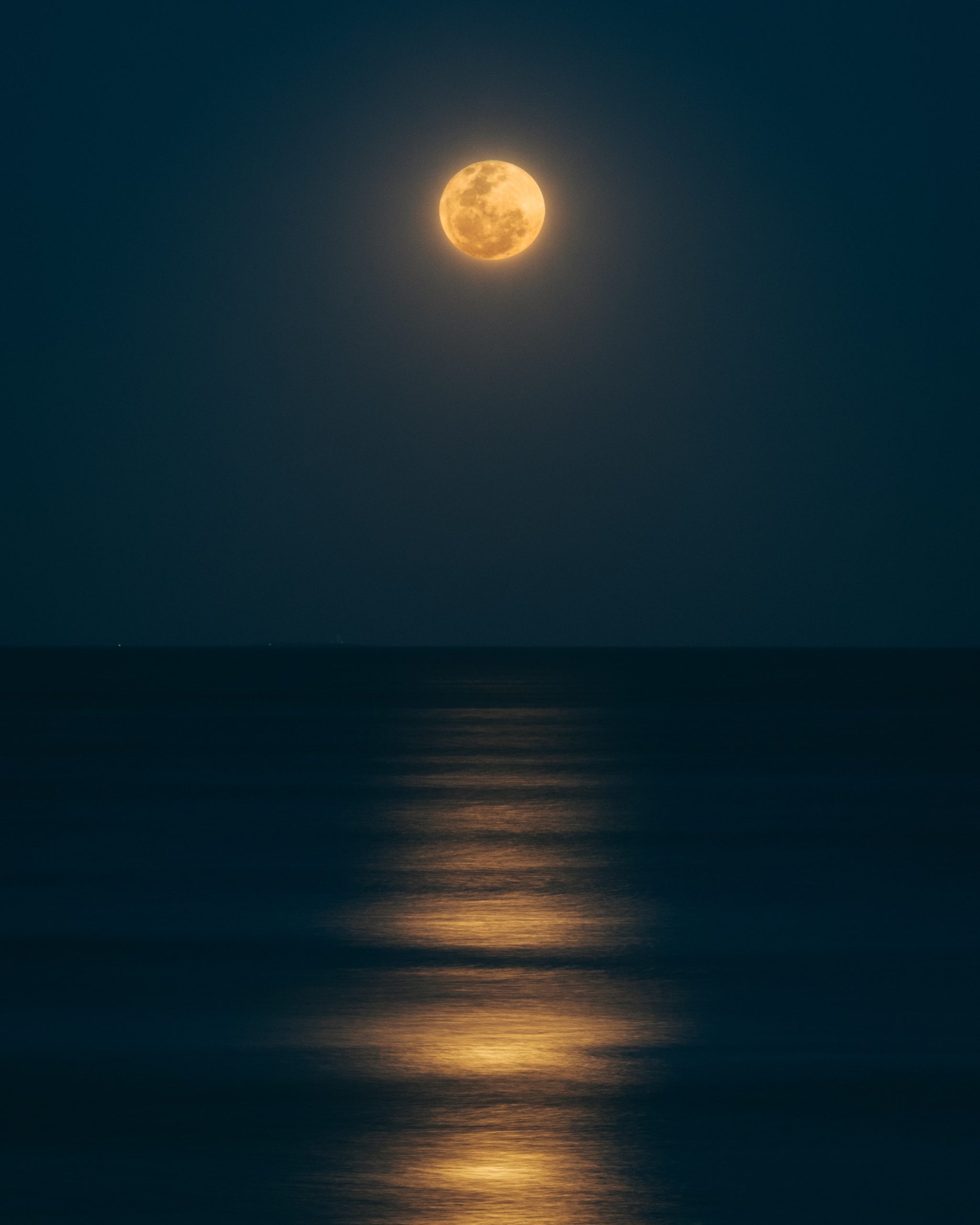Different Moon Phases Names: A Comprehensive Guide
Throughout history, the moon has been an object of fascination for humanity. Its shimmering beauty and ever-changing appearance have captivated countless generations. One of the most intriguing aspects of the moon is its cyclical phases. From the waxing crescent to the waning gibbous, each phase has a unique name and significance. In this detailed blog post, we will explore the different moon phase names and understand the underlying science behind them.
The Basics: Understanding Moon Phases
Before delving into the intricacies of moon phase names, let’s briefly review the basics of moon phases. The moon’s phases are a result of its orbit around the Earth, which takes approximately 29.5 days to complete. As the moon orbits, different portions of its illuminated surface become visible from our vantage point on Earth.
These phases can be categorized into eight main stages, each with its own unique name. These stages include:
- New Moon
- Waxing Crescent
- First Quarter
- Waxing Gibbous
- Full Moon
- Waning Gibbous
- Last Quarter
- Waning Crescent
Now, let’s dive into the finer details of each phase, exploring their names and significance.
1. New Moon
The new moon marks the beginning of the lunar cycle. During this phase, the moon is not visible from Earth, as it is positioned between the Earth and the sun. The name “new moon” refers to the moon’s invisibility, as it appears dark against the sun’s bright backdrop. This stage usually lasts for about one to two days.
2. Waxing Crescent
After the new moon, a small sliver of light becomes visible on the right side of the moon. This phase is known as the waxing crescent. The term “crescent” refers to the curved shape of the illuminated portion. As the days progress, the crescent grows larger, increasing the amount of visible light each night.
3. First Quarter
The first quarter moon marks the halfway point between the new moon and the full moon. It is named so because the moon is bisected, with exactly half of its surface illuminated. During this phase, the moon appears as a semi-circle in the sky and is often referred to as a “half moon.”
4. Waxing Gibbous
Following the first quarter, the illuminated portion of the moon continues to increase, culminating in the waxing gibbous phase. The term “gibbous” signifies that more than half of the moon’s visible surface is illuminated. This phase holds a sense of anticipation as it leads to the grand spectacle of the full moon.
5. Full Moon
The full moon is perhaps the most well-known phase, captivating sky gazers worldwide. During this phase, the moon is fully illuminated as seen from Earth, showcasing its entire disk. The full moon is a mesmerizing sight, often associated with mystical significance and folklore.
6. Waning Gibbous
Once the full moon has reached its peak, it gradually enters the waning gibbous phase. Similar to the waxing gibbous, this phase represents more than half of the moon’s surface being illuminated. However, during the waning gibbous phase, the illuminated portion starts to decrease each night, setting the stage for the moon’s gradual transformation.
7. Last Quarter
The last quarter moon, also known as the third quarter, occurs when the moon is once again bisected, with exactly half of its surface illuminated. This phase signals the final stages of the lunar cycle, as the moon transitions from its full to new phase. The last quarter moon is another captivating sight, often visible during the early morning hours.
8. Waning Crescent
Finally, we reach the waning crescent phase, marking the conclusion of the lunar cycle. During this stage, only a small crescent-shaped sliver of the moon is illuminated, once again appearing on the left side. Similar to the waxing crescent, the illuminated portion steadily decreases until the moon reaches its new phase, completing the cycle.
The Cultural and Scientific Significance
Beyond the enchanting names and visual appeal, moon phases have held cultural and scientific significance throughout history. From ancient civilizations using the moon to track time and agriculture to modern-day astronomers studying the moon’s impact on the Earth’s tides, our understanding of moon phases continues to evolve.
Furthermore, moon phases have permeated various cultural and religious practices around the world. In different traditions, these phases symbolize rebirth, fertility, and spiritual renewal. The full moon, in particular, has been the subject of countless legends and festivities across diverse cultures.
Conclusion
The moon’s ever-changing phases offer a mesmerizing display that transcends geographical and cultural boundaries. From the unseen new moon to the captivating full moon, each phase holds its own name and significance. By understanding the different moon phase names, we can deepen our appreciation for the celestial beauty that graces our nights.
So, the next time you gaze at the twilight sky and catch a glimpse of the waxing crescent or the waning gibbous, take a moment to reflect on the rich history and scientific wonders embedded within these moon phase names.
Table of Contents
